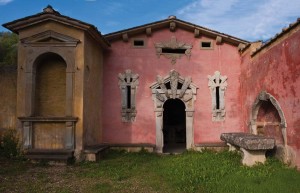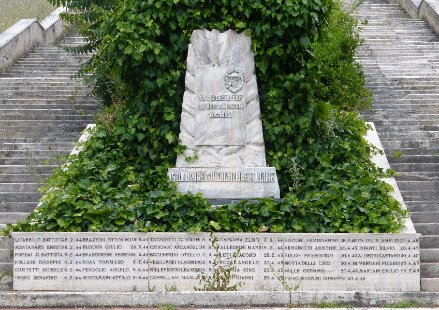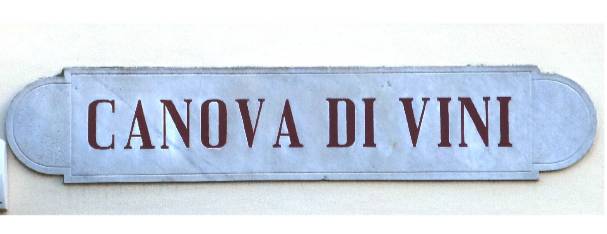
Going on holiday in the sixteenth century was an exclusive privilege of the Florentine nobility who, already in spring, abandoned the city – which was already by then far too hot, dirty and chaotic – to return to their own villas.
Some took refuge in solitude for the pleasures of otium and friends who remained in the city said that “they do nothing in the villas.” Others preferred the company of family members to take care of wellbeing and study. The most part invited friends (the catervas amicorum) to spend happy days before sumptuously laden tables.
On the other hand, the wealthy patron Bernardo Vecchietti, in his mansion Il Riposo in Grassina, often met with gentlemen, scholars and art lovers, with whom he discussed painting, sculpture and the humanities. A favorite guest and the one who stayed longest was the Flemish sculptor Jean Boulogne, known as Giambologna, who enriched the villa with works and was commissioned by Vecchietti to sculpt a Nymph to welcome friends al fresco.
The young architect created a magical and enchanting place at the foot of the Fattucchia hill. Outside: a tabernacle, a large panel of limestone, the traveler fountain, a drinker and a washboard. In the cave paved with river pebbles: a kitchen, stone benches, frescos, sculptures, water features, fountains, a pure spring and a basin adorned with a statue of Venus – by the same Giambologna – who died in the eighteenth century and reappeared recently amongst the collection of a wealthy Englishman.
A plaque, which also shows the construction date of 1572, recalls that it is the fountain of the Fata Morgana (Morgan le Fay) with the words “as I have found youth here, so shall others”, referring to the ancient myths that attributed the power of granting youth and hence immortality to the fountain’s pure water.
The fountain, also known as the Ninfeo del Giambologna, was popularly known as the Casina delle Fate (House of the Fairies) because, apparently, it had been a place of sensual meetings with attractive ladies or, another legend narrates how the beautiful and mysterious women appeared suddenly to disappear inside the cave where, through secret tunnels, they would reach the above villa.
So, a unique architectural treasure, of great ambient and cultural magic that, after centuries of disrepair, has been properly restored in 2002.
Massimo Casprini








